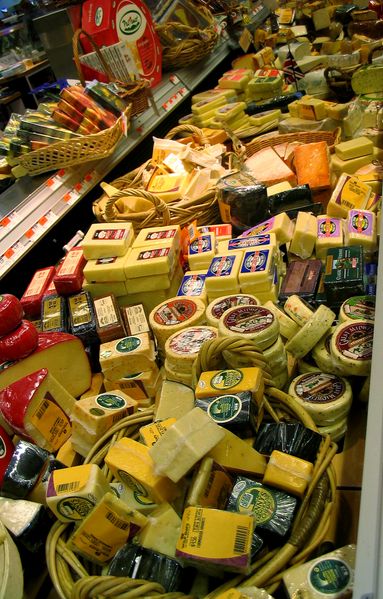If you've been following the Track Your Plaque conversation, you know that, contrary to prevailing opinion among many cardiologists, there is an emerging notion that coronary calcification is an active process, a true part of the disease.
Vitamin D3 is an important aspect of this question. So is vitamin K2. Not to be confused with K1 that plays a role in blood coagulation, K2 has an important role in calcium metabolism. Thus, vitmain K2 deficiency is related to osteoporosis and to coronary calcification.
Getting K2, like getting D, is difficult from food sources. The choices for K2 sources includes:
--Natto--generally, an impalatable choice. I've had it and it was intolerably gooey and weird-tasting. It is, nonetheless, the most concentrated food source of K2.
--Pate--Though liver products have the potential for containing many other unhealthy things, like pesticide residues, since the liver acts as a filter for the blood.
--Fermented cheeses--Since K2 is a product of fermentation of cheese, as it is in Natto.
For years, we've advised people to avoid or minimize cheese because of saturated fat or cholesterol content. I think that there's reason to re-think this advice based on the emerging data.
How can you tell the difference between fermented and non-fermented cheese? First, look for the holes in the cheese. The holes are the remnants of gas pockets created during fermentation. Second, look for the word "cultures " on the label, meaning organisms for fermentation were added. If "processed cheese" is anywhere on the label, this is a dairy product that has been chemically coagulated and is not fermented.
Fermented cheeses are generally "gourmet" cheeses, not eaten a pound at a time on a pizza, but meant to be eaten in small portions.
How much fermented cheese is necessary for its presumed inhibitory benefits on coronary calcification and osteoporsis? Are some fermented cheeses better than others? These issues remain unsettled. Stay tuned.